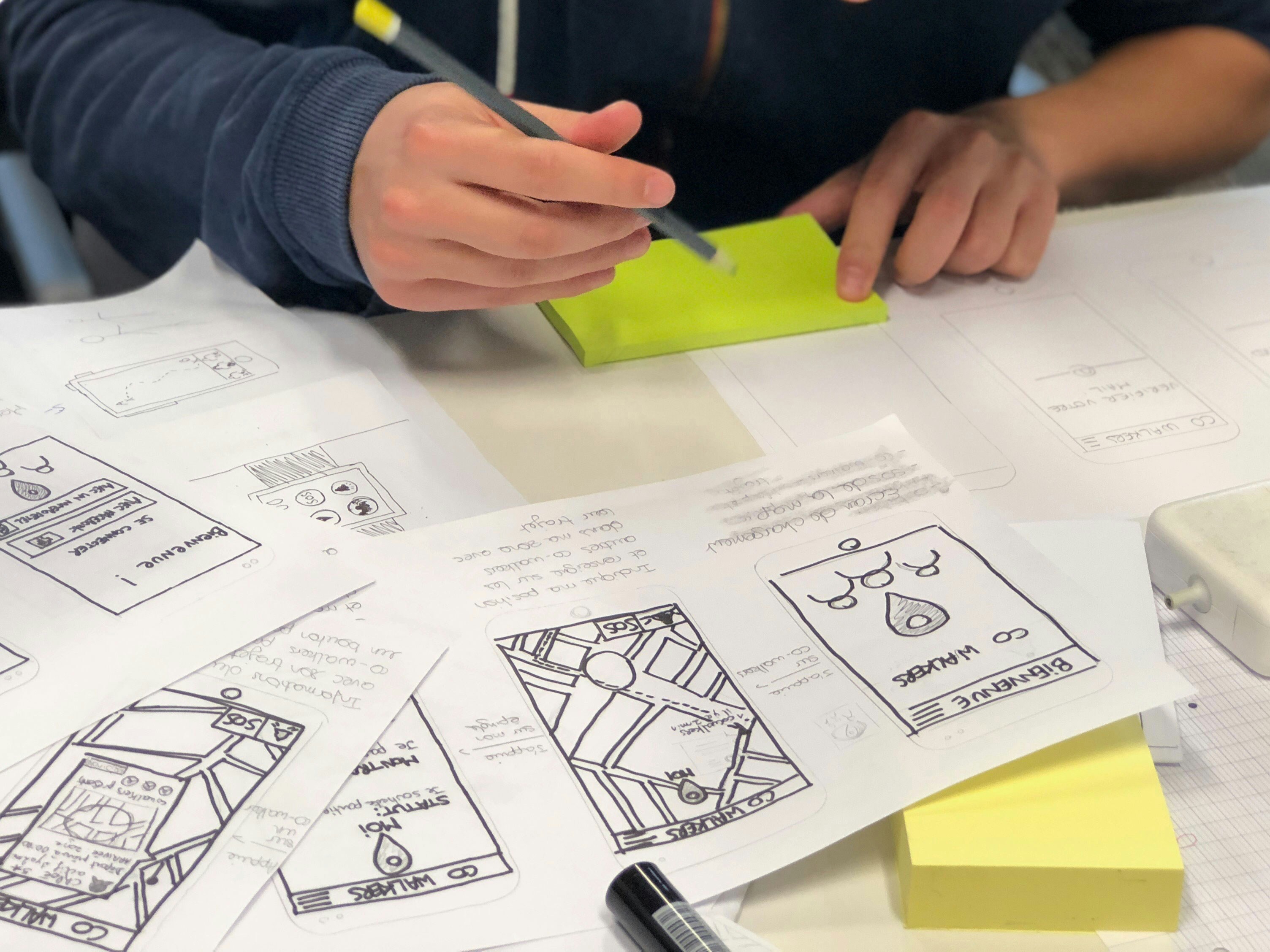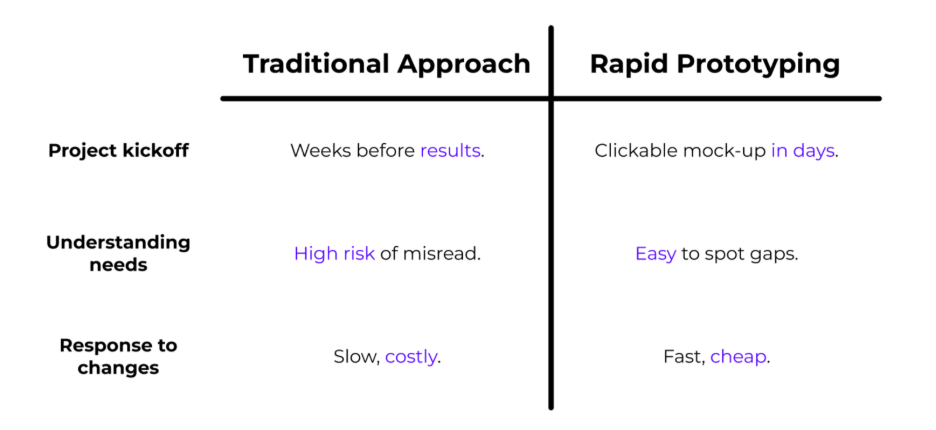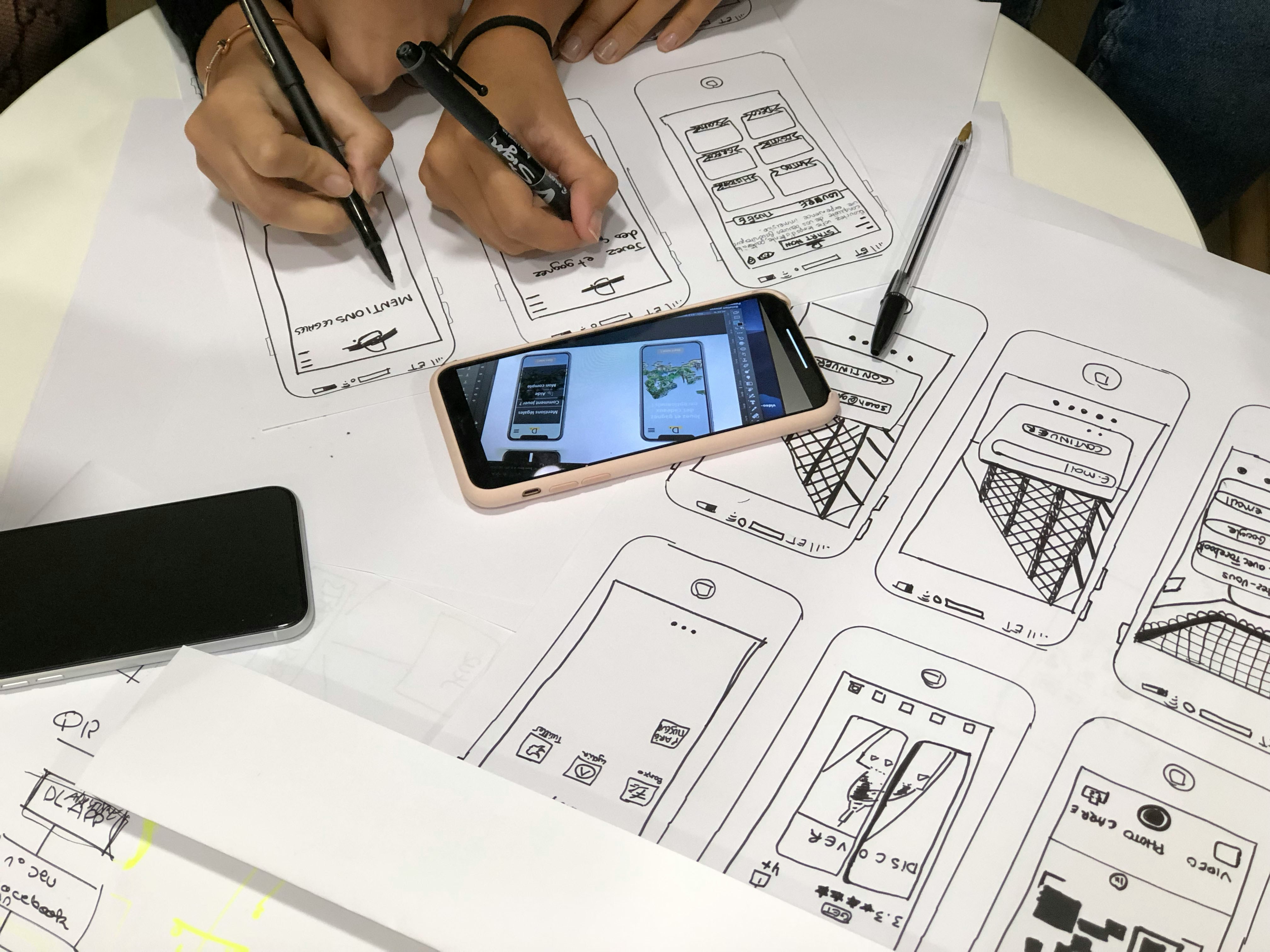
12/8/2025
How we avoid the ‘this isn’t what I meant’ moment
Disclaimer
Most IT projects fail or go over budget, often due to poor requirements and communication issues.
Rapid prototyping means quickly making an interactive mock-up of an app or system.
A prototype quickly gives clients something clickable, saving time and avoiding guesswork.

You sign a contract with a software house and they get on building an application.
First kickoff meeting - the you explain your vision. You think they get it.
Second meeting. They explain how they’ve understood it. You kind of get it, but actually not really.
Third meeting. They show you their plan. “Hmm… okay… I think I know what you mean.” you say
They start development.
After some time, they come back with a finished app.
You need just a look to understand:
“This is not at all what I had in mind.” - you say
Awkward.

That’s a bigger problem than you think
These situations aren’t rare exceptions – they happen across the entire IT industry.
Research by the Standish Group shows that only 16.2% of IT projects are delivered on time and within budget, while 31.1% are canceled. More than half exceed the budget by an average of 189%.
In 39% of cases, the reason for failure is poorly gathered requirements, and in 57% – communication problems.
You might think that once the contract looks good, you’re safe now, but that’s usually when the real trouble starts.
How to prevent misunderstandings in IT projects? – A practical tip from industry experts.
At Rocksoft, we’ve learned how to avoid this issue, and we’re happy to share the approach! You can treat it like a free pro tip from us :)
Instead of spending weeks in discussions and then building (something that might not even be what’s needed), it’s better to prototype right away.
Rapid Prototyping
Rapid prototyping is the process of quickly preparing an interactive mock-up of the app or system. Something the client can immediately click through. It’s the fastest way to show how the application will look and work.
A prototype saves time, because instead of weeks of conversation, you have something you can actually work with (“touch”) in a matter of days. It improves communication, because the client reacts to real screens instead of descriptions in a meeting. And it makes changes cheap and fast, unlike changes to a finished product.
The key is not to wait until you have working code to show something. After the very first meeting, one can have a version the client can see, click, and comment on. From there, every step is based on facts, not assumptions.
How to prototype fast step by step – guide for software houses
- Gather the basic requirements after the first meeting.
- Build a clickable prototype in Figma, Axure, Adobe XD, or whichever tool you know best (at Rocksoft, we usually use Figma or “vibe code” a prototype).
- Show it to the client and let them click through the process themselves.
- Collect feedback immediately and update the prototype as you go.
The sooner you give people something they can see and interact with, the less time you waste on guesswork, which is a waste of time for both you and the client.
Traditional approach vs. Rapid Prototyping
To visualize it better, I’ve prepared a comparison of the two approaches:

Rapid Prototyping in practice
If you’d like to see rapid prototyping in action or have questions about how it works, reach out to us. We’ll be happy to show you what it can do!




.svg)

.jpeg)



















